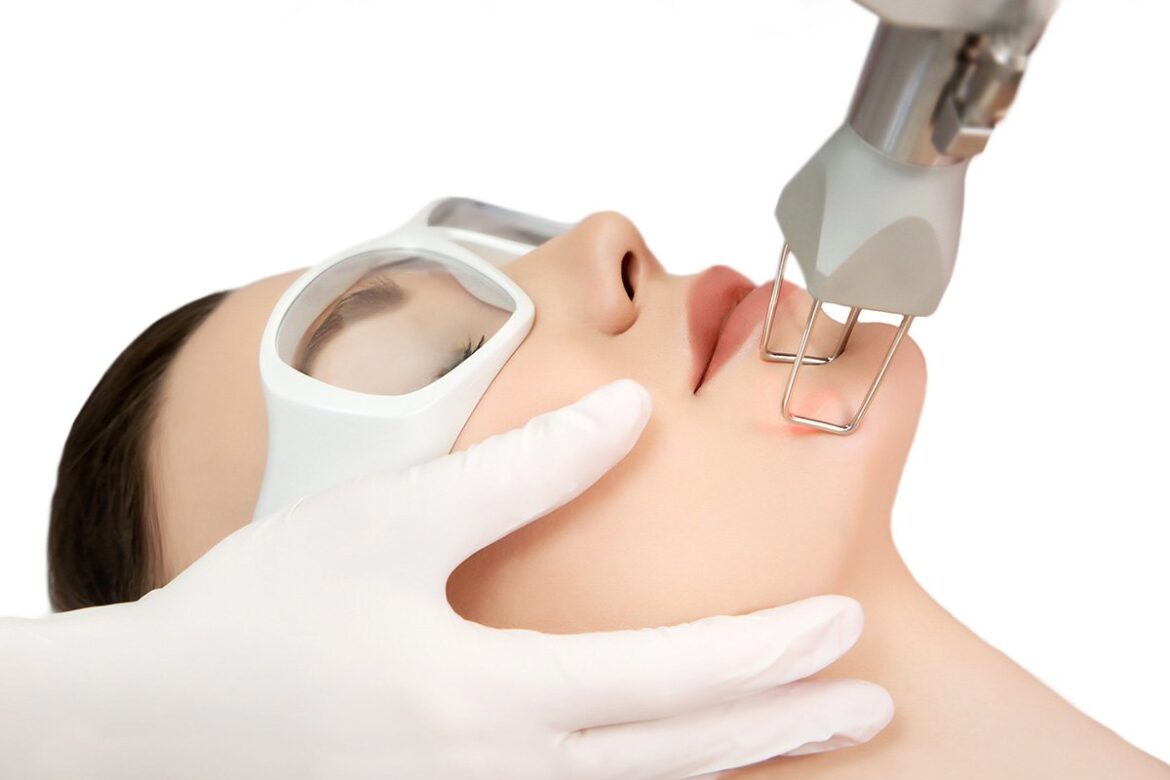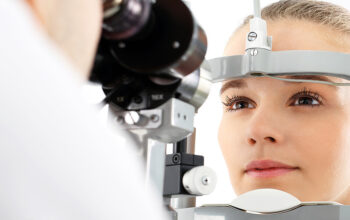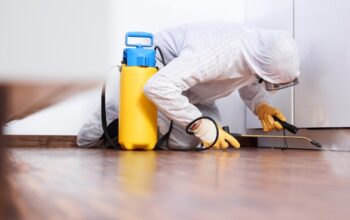The most recent non-surgical laser technology utilized in skin rejuvenation is fractional CO2 laser dermal resurfacing (or non-invasive facelift). For wrinkle elimination, skin pores, UV damage, scars (such as acne scars), uneven pigmentation, fine lines, and loose skin, it is now the “gold standard” and “treatment of choice.” The chest, neck, face, and hands are commonly treated.
How Does Fractional Co2 Laser Work?
Laser microbeams are used in fractional CO2 laser skin resurfacing to instantaneously vaporize columns of treated skin. The untouched area encourages quick healing and little downtime. The laser-heated sub-epidermal tissues make new collagen over the next few weeks.
It gives you the spectacular, long-term effects that you want. Improvements in texture and tone. Skin that is smoother without causing significant changes to the face. One easy procedure with a four-day recovery time and a low risk of side effects.
New ablative fractional CO2 lasers are more effective, safer, and have fewer side effects than previous technology. The treatment’s final outcome is the restoration of fresher, younger-looking skin, as well as improvements in skin elasticity, texture, and overall skin tightening.
What Is The Difference Between Fractional CO2 And Non-Fractional Laser Resurfacing?
The essential word is “fractional.” The laser makes hundreds of minute channels/punctures through the skin and into your skin’s second layer, the dermis, using fractional CO2 resurfacing. These little wounds are encircled by healthy skin, which starts to work right once helping to mend the damaged skin nearby.
That’s the charm of the fractional method: the laser light only damages a part of the skin. The minuscule punctures heal completely in only a few hours. There may be some little scabbing or crusting of the skin after fractional resurfacing.
The laser energy in non-fractional laser resurfacing treats a full layer of the surface skin. The amount of skin taken is determined by how harsh the operation is. Regardless, there is a lot of work to be done. The skin would crust over after ablative resurfacing and will necessitate the use of salve to aid in the healing process. Ablative resurfacing necessitates time off from work for at least one week or two. Furthermore, sun exposure should be avoided, as fresh skin provides minimal protection.
Candidates For Fractional CO2 Laser Skin Resurfacing
The skin rejuvenation treatments at aesthetic clinics in Singapore are suitable for almost everyone. They use fractional laser resurfacing to address the following skin issues:
Wrinkles
Scarring from acne
Melasma
Pores that are large
Uneven skin texture
Why Choose Fractional CO2 Skin Resurfacing?
It’s easier than you think to get younger-looking skin. Even the darkest wrinkles can be reduced in appearance with just a single treatment session. This cutting-edge laser technology reduces face wrinkles and wrinkles while also promoting the growth of new, softer skin. Laser skin resurfacing produces long-term benefits without the discomfort or adverse effects associated with more intrusive procedures. The best part is that you’ll still look like yourself – only better!
When Will I Begin To See Results After A Co2 Laser Treatment?
Patients may notice a period of modest pinkness in their skin when their skin heals, which can take up to 3 weeks. The texture and tone of your skin will improve throughout this period. After the skin has healed fully, the full benefits can be observed three to six months after the original treatment.
What Does The Treatment Feel Like?
The procedure provides a mild stinging sensation that is alleviated by the application of topical anesthetic, and all clients are sent home with special instructions and take-home supplies to help in skin recovery.
What Is The Healing Process For Fractional Co2 Laser Treatment?
Because the fractional CO2 laser only touches a tiny section of the skin, recovery takes a few days, based on the treatment procedure. Patients must avoid direct sunlight during this period and continue a mild cleansing and moisturizing routine.




